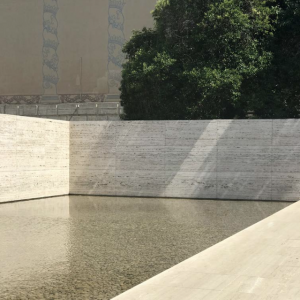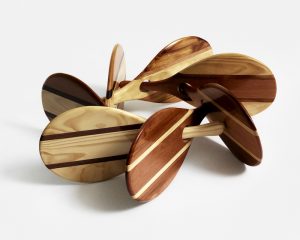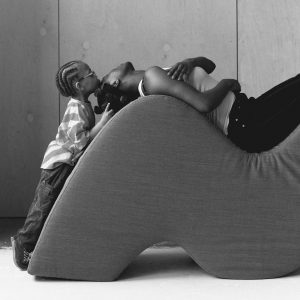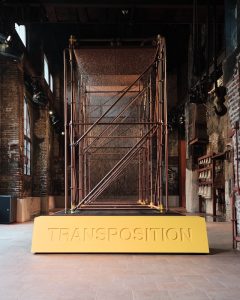Michael Anastassiades’ linear illumination
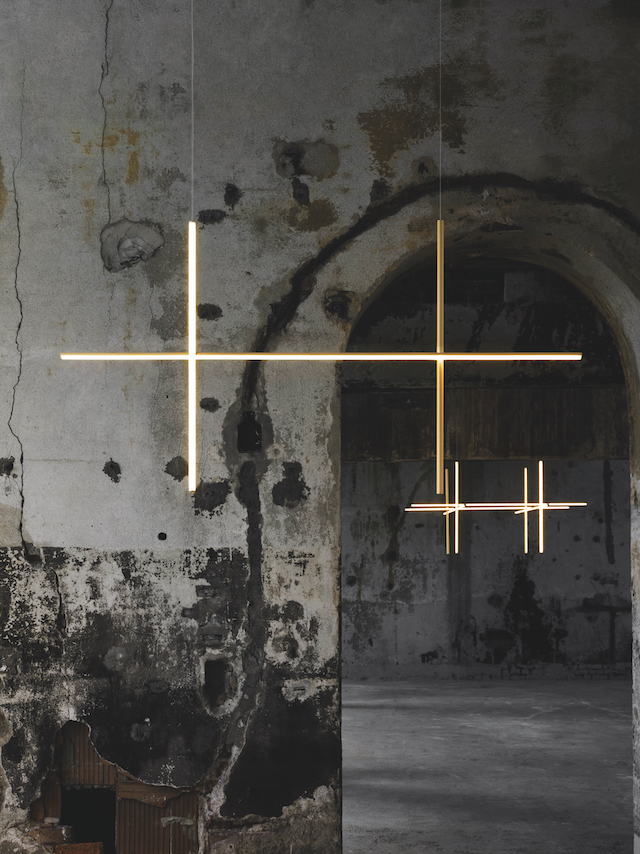
René Descartes liked to sleep in late. A hangover from his Jesuit teachers allowing him to stay in bed and miss early lessons due to frail health, this languorous habit continued throughout his life. One late morning, the French philosopher watched a fly crawl across his ceiling and was eager to pinpoint its placement. Using a corner as a reference, he created a system of x-, y-, and z-axes to accurately describe its exact location, or indeed, any point in the universe. Radically linking Euclidean geometry and algebra, the treatise he published in 1637 revolutionised mathematics, and has since been used to calculate, standardise, and control space.
Cartesian coordinates are the creative touchpoint and namesake of Michael Anastassiades’ recent work with Flos. Originally created for New York’s Four Seasons restaurant, horizontal and vertical LEDs are configured in a sleek, rational tangle of intersecting lines. “I wanted lighting that also worked as sculpture,” notes Anastassiades. “Dynamic structure is created through linear layers of illumination – it is maximum impact with a minimal touch.”
Lighting has long been a focus for the Cypriot-born designer. Initially training as a civil engineer before focusing on industrial design, he established his London-based studio in 2007. Typical of his practice, technology, function and materials are expressed covertly and confidently. Electromechanical connectors are hidden within to allow for seamless joins, while the lustrous aluminium rods are anodised with a champagne finish, cleverly cooling the gently diffused light through each axis. In part taking its cues from the poised mobiles of Alexander Calder, the collection is available as a suspended chandelier, ceiling-mounted luminary, lighting bar, vertical floor lamp, and repeatable module. Despite the formal strictness and high-tech spec, all iterations possess an organic ambience and surprising dexterity for different settings, the grouped module in particular offering the possibility of a uniform or frenetic overhead structure with a simple 90-degree twist. “I wanted to relinquish some control as a designer,” explains Anastassiades, “and hand over creativity so that you can create something peaceful, or complex, tailored to your own space… Light is a wonderful, poetic medium. How it occurs in nature is irreplaceable, but I am hoping to capture some of the endless beauty that inherently exists.”

This article is taken from Port issue 29. To continue reading, buy the issue or subscribe here
